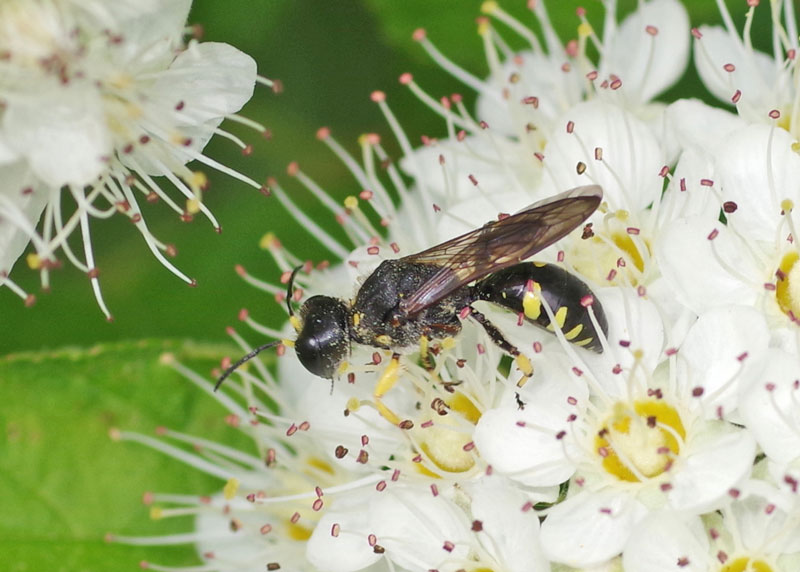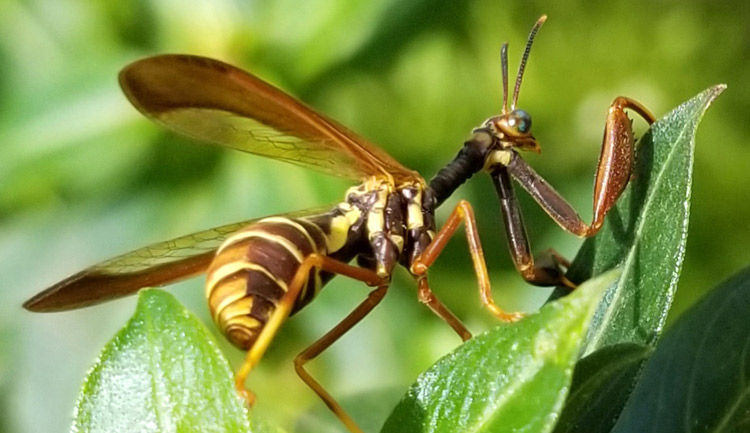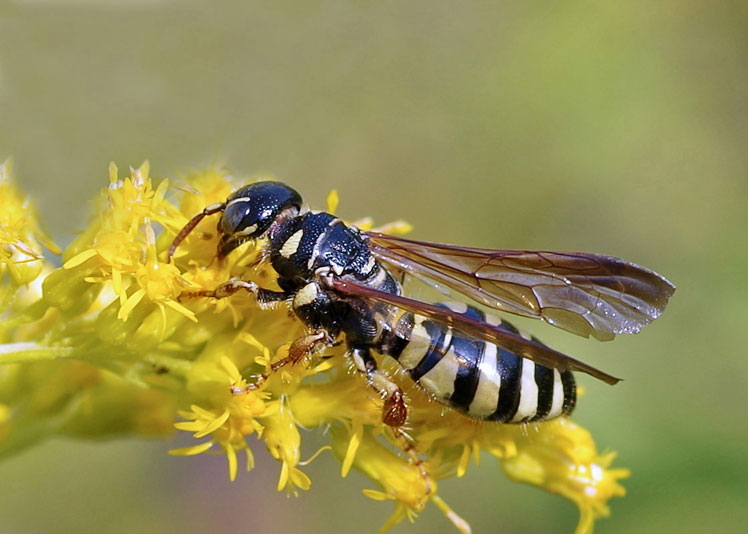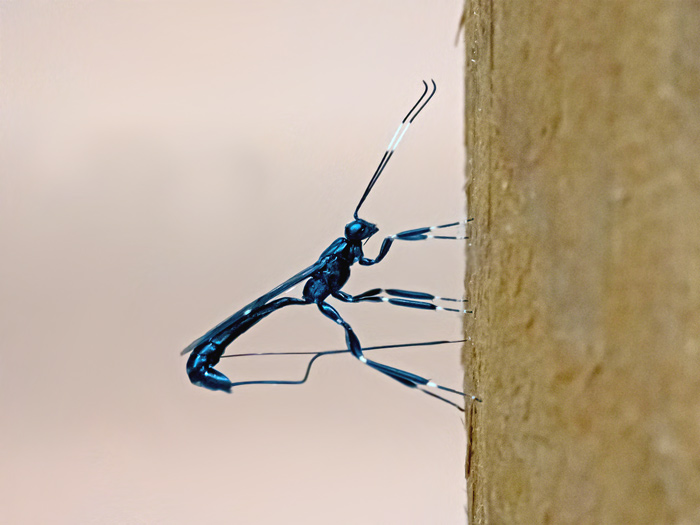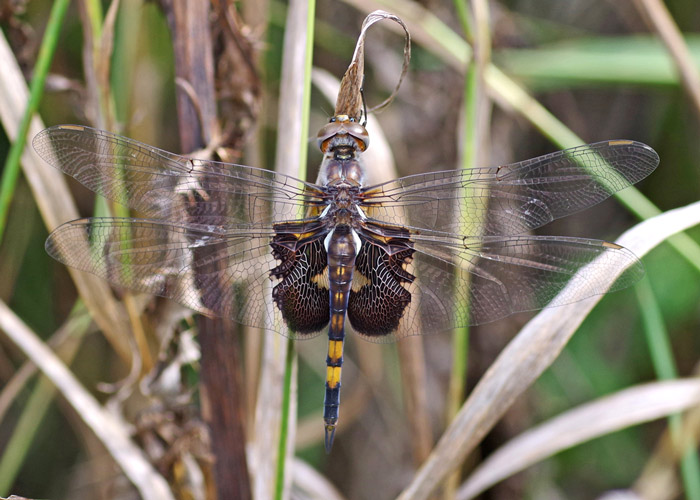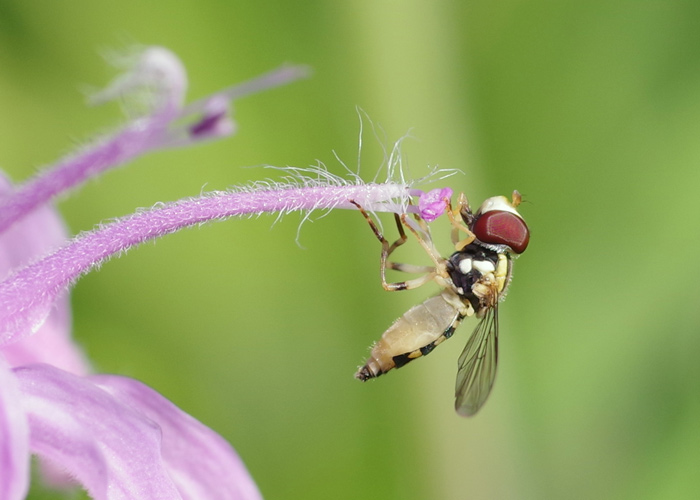Square-Headed Wasp
Greetings, BugFans, The BugLady is living proof that there’s a big difference between looking and seeing. For years, she’s been photographing these little black and yellow wasps and filing them under “Potter wasps,” but she had an “Oh Duh” moment …
